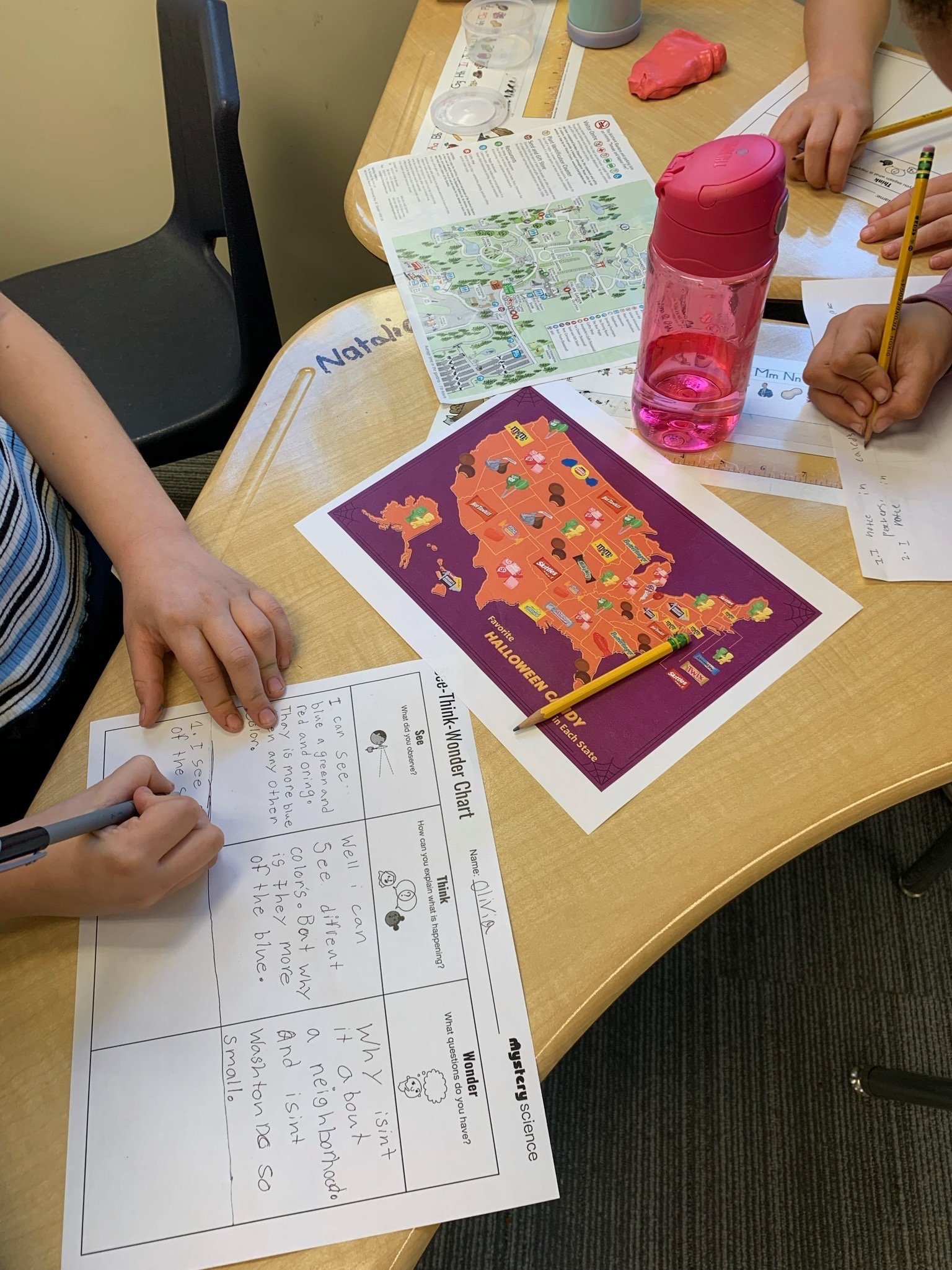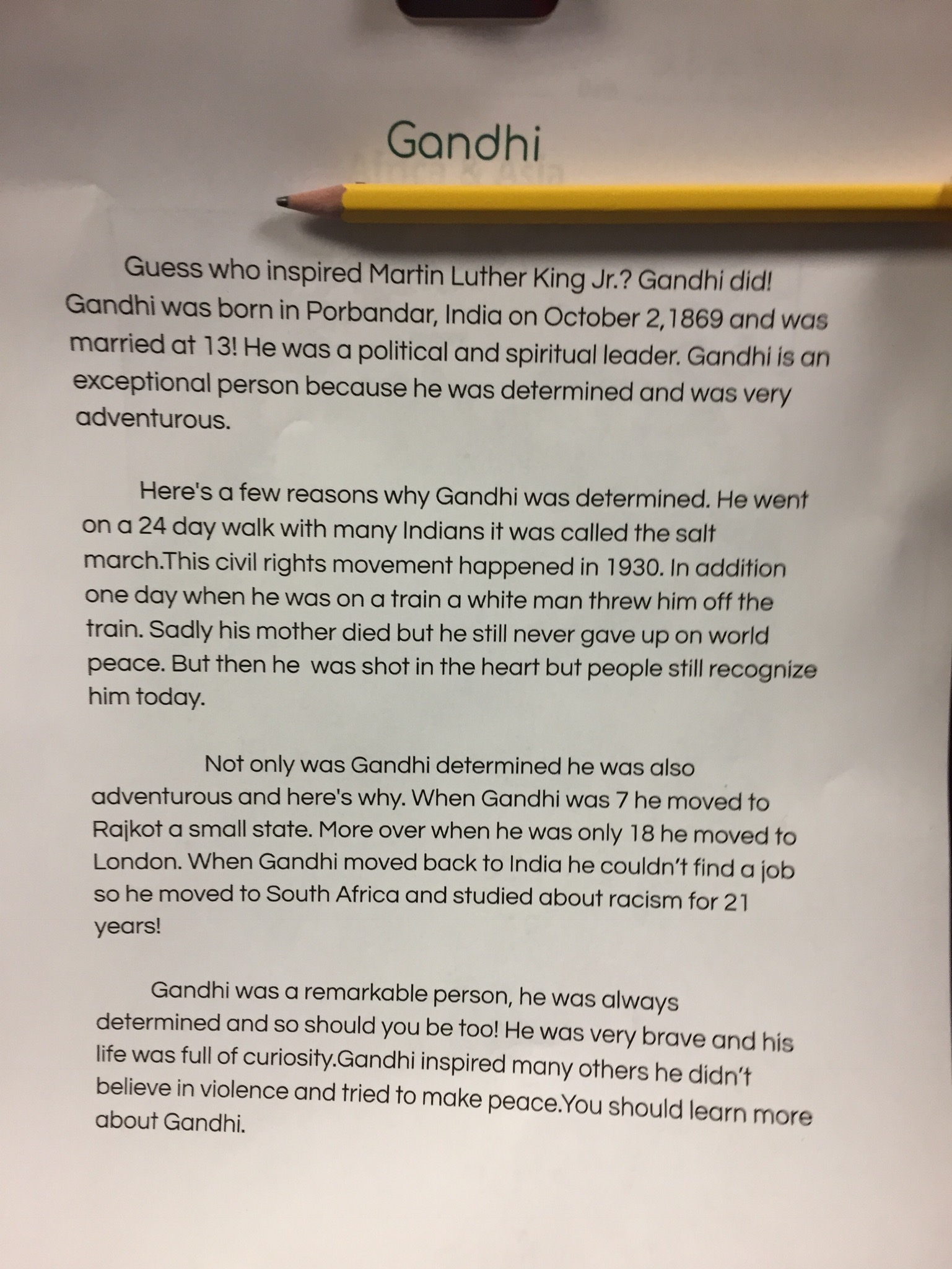Nonfiction!
I know it is the middle of summer, but I finally had time to reflect on and write about one of my favorite units in both reading and writing: nonfiction! I’ve tried out many different kinds of nonfiction units over the years and while I still love our Biographical Essays: Researching People Who Inspire Us unit, I have enjoyed the students’ enthusiasm and engagement in all of them.
Nonfiction literacy is so important. It ties into media literacy and understanding and learning about the world around you, is a life skill (you will always need to understand and explain information!). There are so many facets to it between learning about facts vs opinion, critical literacy, synthesizing information, and more. But most of all, it is fascinating and FUN.
Some essential elements: you MUST have great mentor texts (we had a lot of success with Pink is for Blobfish by Jess Keating, fun and unexpected biographies, and were amused and enthralled by the Disgusting Critters series by Elise Gravel). I should (and hopefully will) write a separate post about choosing resources critically, but in the meantime, just a reminder to consider perspective/voice/stereotypes/bias especially when thinking about biographies or informational texts that talk about the past. It’s key to show students that there is variety in types of nonfiction as too many people write off nonfiction because they’ve only been exposed to textbooks or “boring” books. Remember research is a fascinating challenge! You can use many different types of materials (people, books, articles, photos, videos, other graphics like maps) to discover more about something. We wrote a post about Learning Through Photos and another post about how we used photographs as primary sources in our Black History Lesson: Sit Ins.
While we love essays and the painted essay especially (as detailed in this post that’s also linked above), there are many ways to share nonfiction and talking about cool facts is the first one! Let students talk about what they learn. Research or reading nonfiction does not have to be silent independent work. Finding our more should be joyful, collaborative learning with lots of opportunities to share. We once wrote books in groups about different countries in Africa, and students were so excited to share what they learned with other groups and pool their research together within their group. They also used a lot of resources that were not books or written texts, like videos, photos, maps, and people (whom they interviewed).
Also, don’t insist that everything needs to be shared in a written format. Nonfiction books use all kinds of graphics and sometimes they are more effective than explaining something in words. We allowed our students to find a certain number of photos online and explicitly taught into what makes a good illustration or accompaniment to some text, using lots of mentor texts and examples of different kinds of graphics. Read our review of One Word From Sophia by Jim Averback to hear about a wonderful read aloud to introduce using different graphics.
What I’ve learned from teaching nonfiction over the years is that CHOICE is huge here. Students are already so knowledgeable about so many things, so let them use their expert status at school too! We had our students write all about books and our only caveat was that their topic had to be something they knew a lot about and that was appropriate for school. They are excited to share what they know about something they care about, we all get a reminder about how reading and writing are fundamentally communication tools above all else, and we (teachers) get to be amused by all the hilarious and creative topics, details, and facts students generate.







